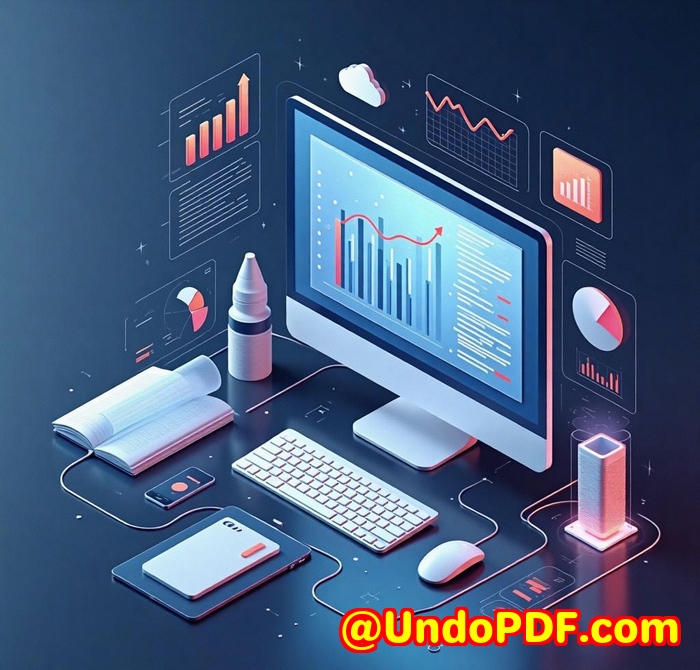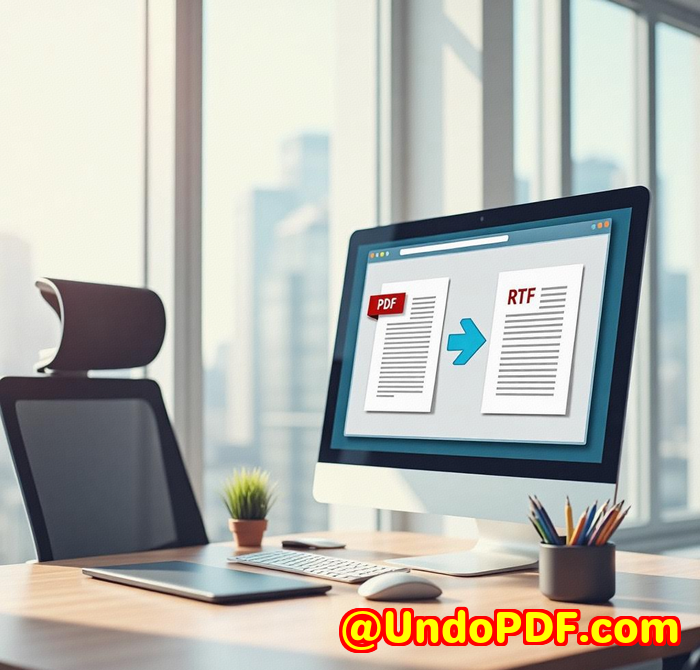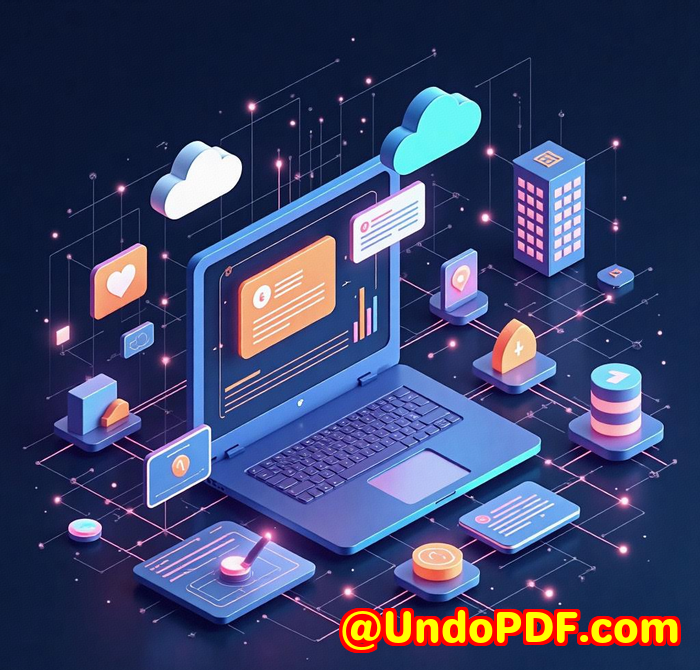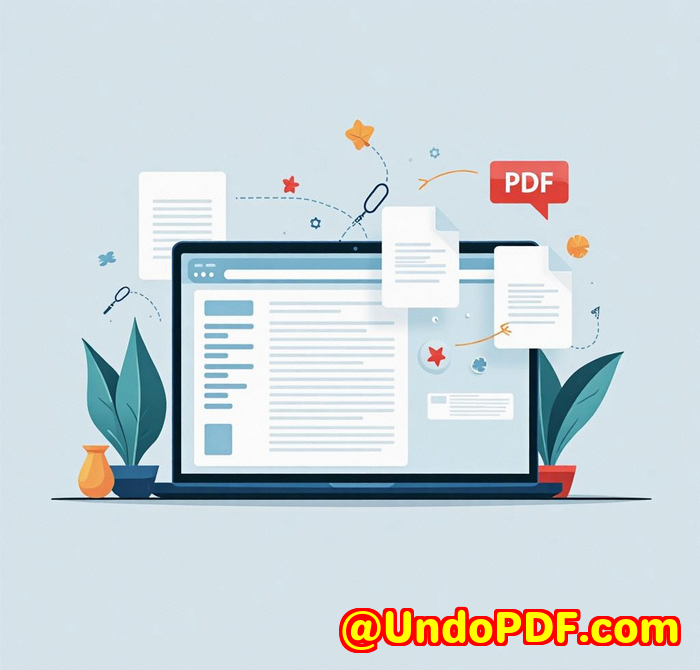Why VeryPDF API is a Better Alternative to Adobe PDF Services for Developers
Why VeryPDF API is a Better Alternative to Adobe PDF Services for Developers
Meta Description
Skip the bloat. Discover how the VeryPDF API gives developers more control, faster conversions, and easier integration than Adobe’s bloated PDF services.
Tired of Fighting with Bloated PDF Tools? You’re Not Alone.
Every time I had to generate a PDF from a dynamic webpage, I cringed.
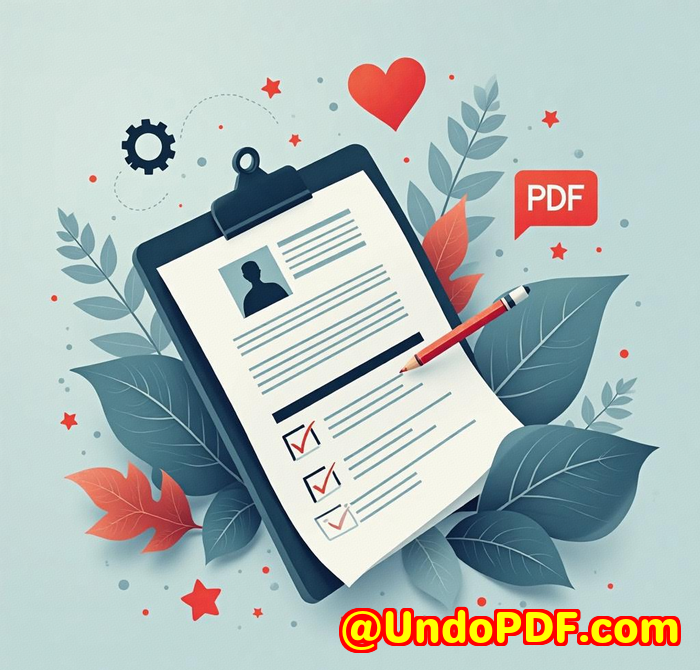
Sometimes it was for invoice generation. Other times, I needed preview screenshots for product pages or Open Graph images for blog posts. I tried Adobe PDF Services becausewellit’s Adobe, right?
But the truth?
It felt like using a chainsaw to cut a piece of paper. Overkill. Slow. Complicated. Way too much setup for what should’ve been a dead-simple task.
That’s when I went looking for something more lightweight, developer-friendly, and no-nonsense.
That’s when I found VeryPDF Webpage to PDF Converter API.
A Dev-Friendly Weapon That Actually Delivers
Let me say this upfront:
If you’re a developer looking for an HTML to PDF API that doesn’t choke on CSS, crash on custom fonts, or make you jump through OAuth hoops just to convert a single fileVeryPDF is your tool.
I’m not into fluff. I needed something that:
-
Didn’t need a million dependencies.
-
Was fast. Like “sub-2-second conversion” fast.
-
Worked with real-world webpagesnot just vanilla HTML.
VeryPDF checked all the boxes. And it saved me from wasting hours trying to troubleshoot why Adobe couldn’t handle flexbox layouts.
How I Discovered It (and Why I Switched)
I was working on a client dashboard that needed weekly PDF reports with custom headers, footers, and dynamic charts.
I tried using some libraries like Puppeteer, but maintaining headless browsers felt like keeping a second backend alive.
Adobe? Yeah, tried that too. Between clunky documentation and constant authentication refresh headaches, I was done.
Then I landed on VeryPDF Webpage to PDF Converter API. Minimal setup. RESTful. Scalable. I was generating PDFs in minutesnot hours.
What Makes VeryPDF Stand Out
1. Lightning-Fast Conversions
Some tools make you wait.
VeryPDF gets it done in under 2 seconds.
And it handles everythingURLs, raw HTML, and morewithout hiccups.
Perfect for when you’re generating reports, invoices, or snapshots on the fly.
2. Real-World Web Support
Your pages aren’t made of 2005-era HTML. You’re using:
-
Flexbox
-
Grid layouts
-
Custom fonts
-
Tailwind / Bootstrap / Chart.js / Google Maps
VeryPDF’s browser-based engine (powered by Chrome) supports all of it.
Seriously. I threw complex marketing pages with layered CSS at itand it came out perfect every time.
3. Customisation You Can Actually Use
Need headers with page numbers?
Want to insert a timestamp footer?
Need to wait for a dynamic element before rendering?
You can inject custom CSS, run JavaScript before rendering, and set wait times for specific elements.
You can even control:
-
Paper size (A3, A4, custom)
-
Margins
-
Header-left / Header-right / Footer-left / Footer-right
Try doing that without reading 12 pages of Adobe’s documentation…
4. Privacy-First (HIPAA-Compliant)
Not every PDF is just a blog post or product sheet.
Some are medical reports, financial statements, or legal docs.
VeryPDF doesn’t store your files unless you explicitly ask it to. It’s HIPAA-compliant and privacy-focused.
Adobe? Let’s just say I didn’t feel as in control of where my files were going.
5. No Vendor Lock-In BS
-
No SDK bloat.
-
No weird config files.
-
No forced file hosting.
Just a clean RESTful API that works with Python, PHP, Node.js, Goyou name it.
Here’s an example call I used:
That’s it. One call. One PDF.
Use Cases I’ve Personally Deployed
Let’s get practical. Here’s where I’ve actually used VeryPDF:
-
Automated report generation for client analytics.
-
Marketing page previews for internal QA.
-
Blog OG images for social media (yep, you can convert to image too).
-
Legal invoice rendering from raw HTML.
-
CMS-integrated dynamic templates for quote generation.
If your job involves turning web data into printable or shareable formats, you’ll benefit. Period.
Adobe vs VeryPDF: Let’s Be Real
| Feature | Adobe PDF Services | VeryPDF API |
|---|---|---|
| Setup Time | Long | Short |
| Dev Experience | Bloated | Lightweight |
| Page Rendering | Sometimes breaks | Bulletproof |
| Dynamic Content | Tricky | Seamless |
| Cost | Higher | Affordable |
| Privacy Controls | Okay | Excellent |
| Custom Headers/Footers | Limited | Flexible |
| Wait for Elements | Not supported | Supported |
I’m not bashing Adobe. It’s a beast, and sometimes you need the beast.
But for developers who want speed, control, and simplicity, VeryPDF is the better choice.
My Recommendation
I’ve shaved hours off dev time since switching to VeryPDF.
No crashes.
No CSS-breaking surprises.
Just fast, reliable, and secure PDF generationthe way it should be.
If you handle any kind of dynamic HTML-to-PDF workflowtry this. You’ll thank me.
Need Something More Custom?
Here’s the cool part:
VeryPDF also does custom development.
So if you’ve got a unique requirementlike:
-
Embedding into your Linux server stack
-
Monitoring printer jobs across a Windows network
-
Building a virtual printer that spits out PDFs from any app
-
Running OCR on scanned forms with table structure recognition
Yeah, they’ve got that covered.
They work with everything: Python, PHP, C++, .NET, iOS, Android, you name it.
Need to secure documents with DRM? Generate barcodes? Convert obscure formats like PCL or PRN? Handle font tech?
They’ve done it.
Just reach out to them here: http://support.verypdf.com
FAQs
Can I try VeryPDF without creating an account?
Yes, no account needed. Start testing right away with an API key.
Does VeryPDF store my files after conversion?
No, unless you choose to. By default, files aren’t savedperfect for sensitive data.
Can I batch convert multiple HTML files?
Absolutely. The API supports batch processing and webhook triggers.
Can I cancel or change plans later?
Yep. You can cancel anytime or upgrade as needed from your dashboard.
What happens if I exceed my conversion limit?
Conversions still go through, and overages are billed separately based on your plan.
Tags / Keywords
-
html to pdf api for developers
-
verypdf vs adobe pdf services
-
automate webpage to pdf
-
fast pdf generation from html
-
hipaa compliant pdf api
And just to circle back
If you’re tired of clunky PDF tools that slow you down, give VeryPDF Webpage to PDF Converter API a shot.
You’ll wonder why you didn’t switch sooner.
